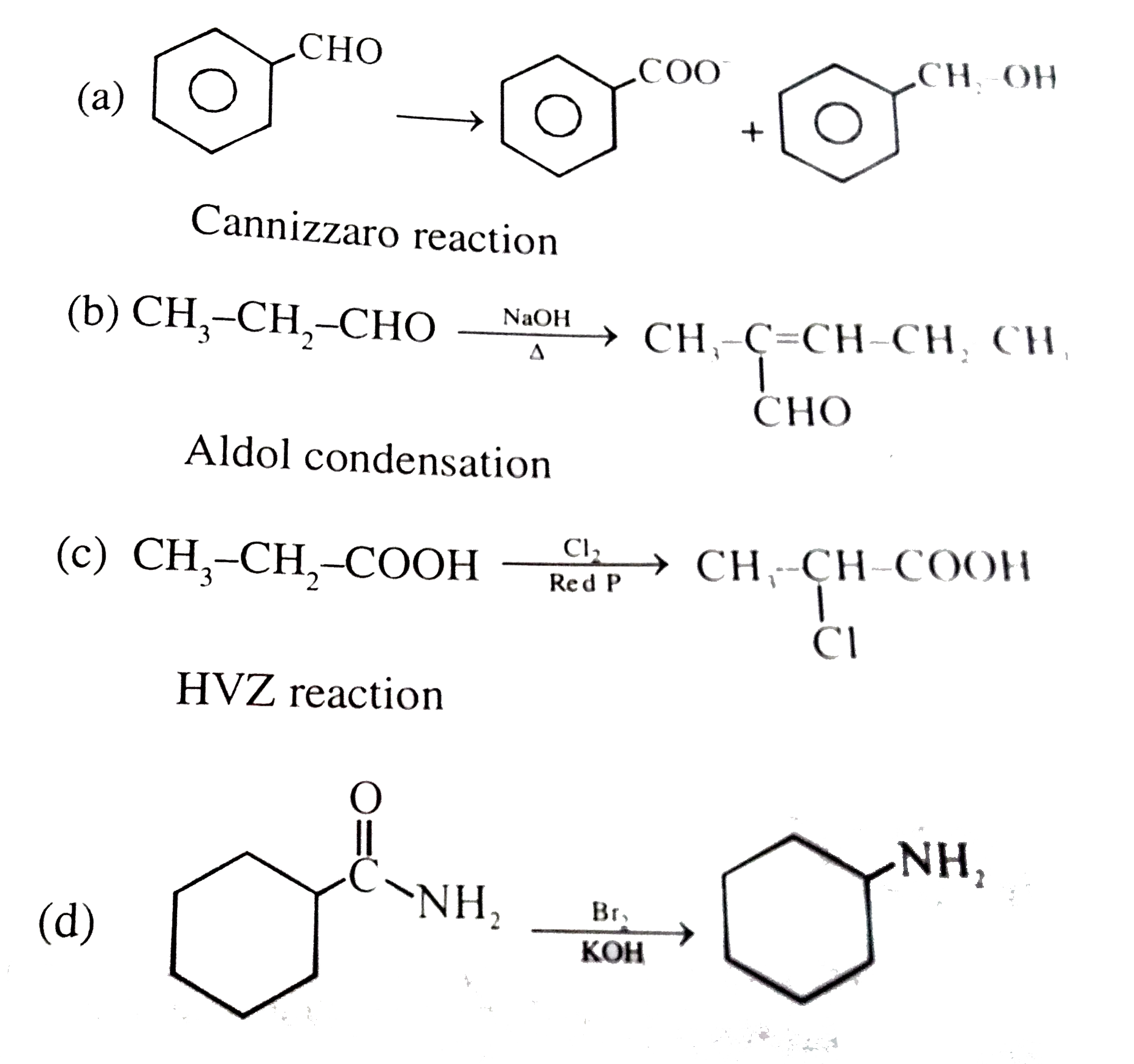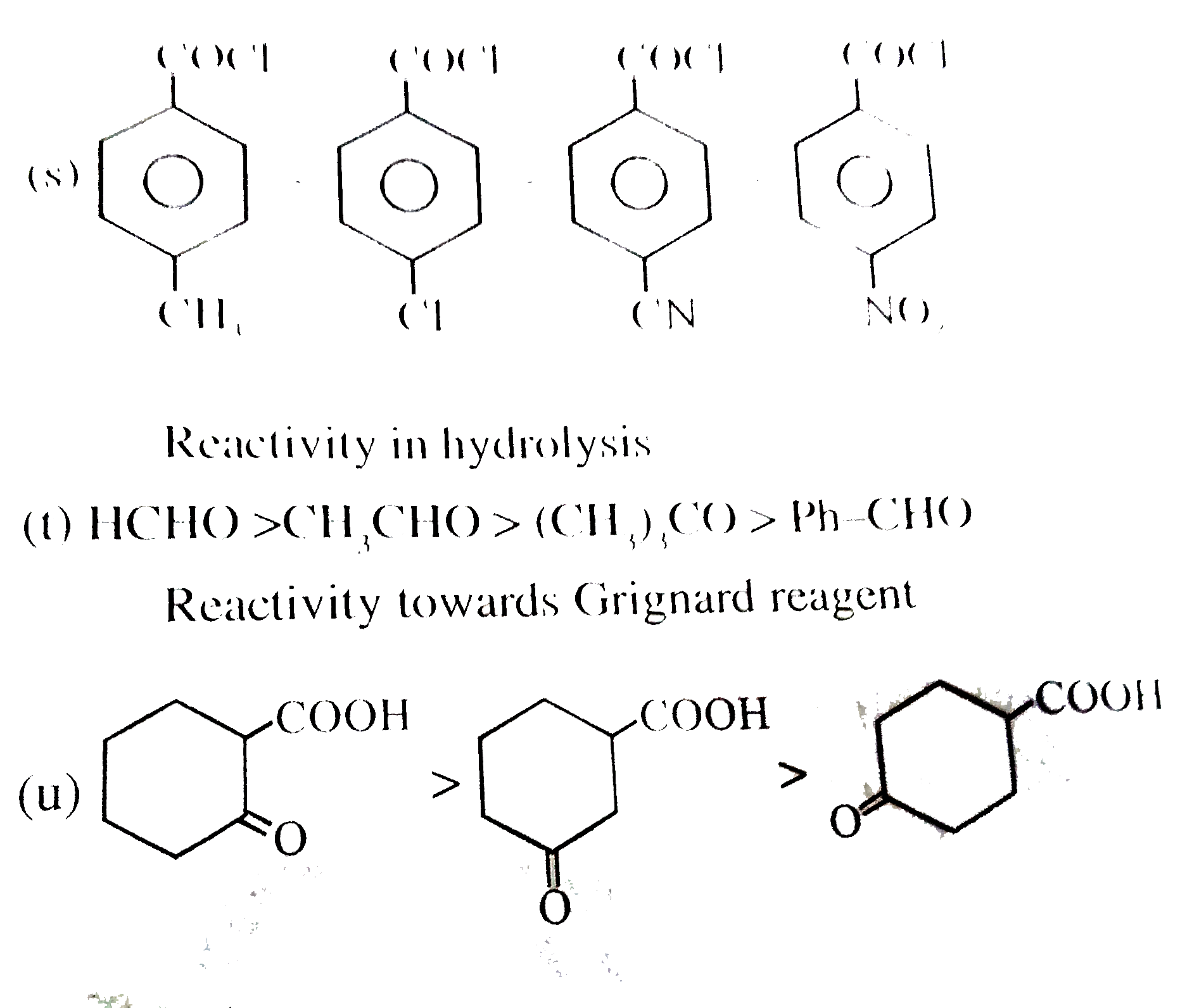Which of the following ratio is correct regarding dehydrogenation : decarboxylation : substrate - level phosphorylation steps in the TCA cycle ?
1:1:2
3:2:1
4:3:1
4:2:1
The correct Answer is:D
To solve the question regarding the ratio of dehydrogenation, decarboxylation, and substrate-level phosphorylation steps in the TCA cycle, we can follow these steps:
Step 1: Identify Dehydrogenation Steps
1. Dehydrogenation occurs in the TCA cycle at the following steps:
- Conversion of isocitrate to alpha-ketoglutarate (NAD+ is reduced to NADH)
- Conversion of alpha-ketoglutarate to succinyl-CoA (NAD+ is reduced to NADH)
- Conversion of succinate to fumarate (FAD is reduced to FADH2)
- Conversion of malate to oxaloacetate (NAD+ is reduced to NADH)
Total Dehydrogenation Steps: 4
Step 2: Identify Decarboxylation Steps
2. Decarboxylation occurs in the TCA cycle at the following steps:
- Conversion of isocitrate to alpha-ketoglutarate (CO2 is released)
- Conversion of alpha-ketoglutarate to succinyl-CoA (CO2 is released)
Total Decarboxylation Steps: 2
Step 3: Identify Substrate-Level Phosphorylation Steps
3. Substrate-Level Phosphorylation occurs in the TCA cycle at the following step:
- Conversion of succinyl-CoA to succinate (GTP is produced)
Total Substrate-Level Phosphorylation Steps: 1
Step 4: Calculate the Ratios
4. Now we can establish the ratio of dehydrogenation : decarboxylation : substrate-level phosphorylation:
- Dehydrogenation: 4
- Decarboxylation: 2
- Substrate-Level Phosphorylation: 1
Therefore, the ratio is 4:2:1.
Conclusion
The correct ratio regarding dehydrogenation : decarboxylation : substrate-level phosphorylation steps in the TCA cycle is 4:2:1.
---
1. Dehydrogenation occurs in the TCA cycle at the following steps:
- Conversion of isocitrate to alpha-ketoglutarate (NAD+ is reduced to NADH)
- Conversion of alpha-ketoglutarate to succinyl-CoA (NAD+ is reduced to NADH)
- Conversion of succinate to fumarate (FAD is reduced to FADH2)
- Conversion of malate to oxaloacetate (NAD+ is reduced to NADH)
2. Decarboxylation occurs in the TCA cycle at the following steps:
- Conversion of isocitrate to alpha-ketoglutarate (CO2 is released)
- Conversion of alpha-ketoglutarate to succinyl-CoA (CO2 is released)
3. Substrate-Level Phosphorylation occurs in the TCA cycle at the following step:
- Conversion of succinyl-CoA to succinate (GTP is produced)
4. Now we can establish the ratio of dehydrogenation : decarboxylation : substrate-level phosphorylation:
- Dehydrogenation: 4
- Decarboxylation: 2
- Substrate-Level Phosphorylation: 1
The correct ratio regarding dehydrogenation : decarboxylation : substrate-level phosphorylation steps in the TCA cycle is 4:2:1.
Topper's Solved these Questions
Similar Questions
Knowledge Check
Substrate level phosphorylation occurs during
ACitric acid → alpha - ketoglutaric acidBMalic acid → oxalo - acetic acidCalpha - ketoglutaric acid → Succinctly Co ADSuccinyl-co A → Succinic acidWhich of the following statements is correct regarding poissen's ratio?
AIt is the ratio of the longitudinal strain to the lateral strain.BIts value is independent of the nature of the material.CIt is unitless and dimensionless quantity.DThe practical value of poisson's ratio lies between 0 and 1.How many substrate level phosphorylation occur in Kreb's cycle?
A2B3C4DNone
Which of the following statements is correct regarding menstural cycle
View SolutionWhich of the following is incorrect regarding oxidative phosphorylation?
View SolutionWhich of the following is correct order :


Rate of decarboxylation
View SolutionHow many substrate level phosphorylations take place in one turn of TCA cycle?
View SolutionWhich of the following statements is incorrect regarding the phosphorus cycle?
View Solution
